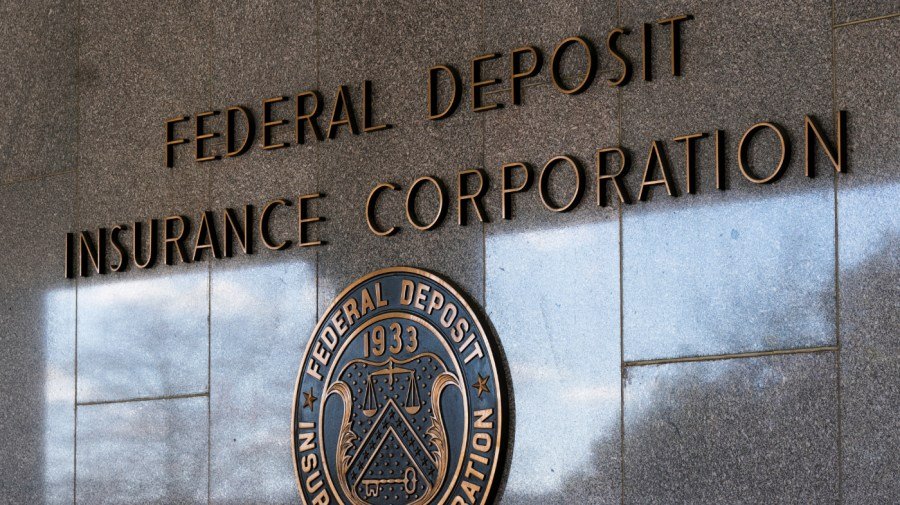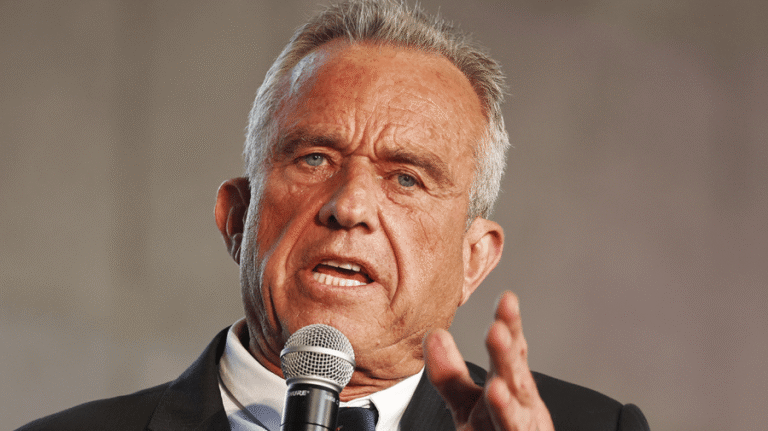
Each government failure becomes an excuse to do more of what failed.
It is sad but not surprising to see this expensive and destructive cycle of failure repeat itself with banking regulation. Politicians are now seizing on the failure of Silicon Valley Bank to further entrench government control in an already over-regulated banking sector.
Congress is threatening to make things worse with a proposal to raise taxpayer-backed Federal Deposit Insurance Corporation deposit insurance coverage from the current $250,000 to an eye-watering $10 million for non-interest-bearing accounts — 40 times the current amount. This overreach will increase the likelihood of taxpayer-funded bailouts, reduce lending and reward bad decision-making.
Proponents forget that the Silicon Valley Bank collapse was two years ago. In the time since, the sky has not fallen. Taxpayers did not have to bail out Silicon Valley Bank or any other regional bank. We do not need to embrace Sen. Elizabeth Warren’s (D-Mass.) bad ideas to solve a problem that doesn’t exist.
Expanding deposit insurance to subsidize smaller mid-sized banks doesn’t reduce risk: Rather, it transfers risk to taxpayers.
Government regulators already screwed up once with Silicon Valley Bank, noting in their own report that they failed to follow up on numerous red flags.
Silicon Valley Bank failed its own internal liquidity stress tests and had three times as many supervision warnings as its peers. But rather than look to reform bank oversight or fire bad regulators, some lawmakers would throw money at the problem and impose additional regulations.
Adding more regulations will not fix the problem when regulators are not enforcing existing ones. Banks can already use the Fed’s Bank Term Funding Program and the discount window to access emergency liquidity. They do not need additional support.
In the 1980s, savings and loans institutions collapsed for many of the same reasons Silicon Valley Bank did. Rising interest rates reduced the value of asset holdings to the point where they were unable to meet deposit liabilities.
Congress passed a bailout that left taxpayers on the hook for $124 billion in insolvent assets. Increasing deposit coverage will only undermine the solvency of the Deposit Insurance Fund and shift the cost onto taxpayers in the event of a meltdown.
The U.S. already has the highest deposit insurance coverage of any country, and 99 percent of accounts are already fully covered by the current limit of $250,000. The median small business account balance is $12,100, and the average household account balance is $5,300.
Every dollar spent on premiums to the FDIC is a dollar not invested in economic growth. The estimated costs are huge: The FDIC would need to raise more than $10 billion from banks immediately and would take more than $1 billion in premiums out of the banking system annually. For reference, banks paid around $12 billion to the Deposit Insurance Fund in 2024.
These costs will be passed on to consumers in the form of decreased lending. In fact, the FDIC’s own research shows that expanded deposit insurance raises borrowing costs and reduces lending.
The new proposal will also sow confusion among depositors who believe they are automatically covered under the new $10 million limit. Bifurcating the deposit insurance coverage will only create complications.
The government should not pick winners and losers by rewarding poorly managed banks. Expanding coverage creates a moral hazard by preventing customers from evaluating a bank’s true financial health.
Rather than expect competing banks to responsibly steward their customers’ money, this proposal would incentivize customers to shift their deposits to smaller banks with a higher deposit insurance limit, creating the very imbalance it seeks to solve. Banks approaching insolvency will also be less likely to react, opting instead to continue making risky decisions to cope with deteriorating finances, as Silicon Valley Bank did in its final days.
Even with heavy-handed attempts like Dodd-Frank to insulate the banking sector, bank failures continue to occur. An increase in deposit insurance coverage only increases the cost of bank failures when they do happen.
Abandoning market forces and sticking taxpayers with the bill will make bank failures more likely. Higher insurance premiums mean less lending, higher borrowing costs and government-induced deposit outflows to pet banks.
Lawmakers should say no to expanding deposit insurance.
Grover Norquist is president of Americans for Tax Reform.


